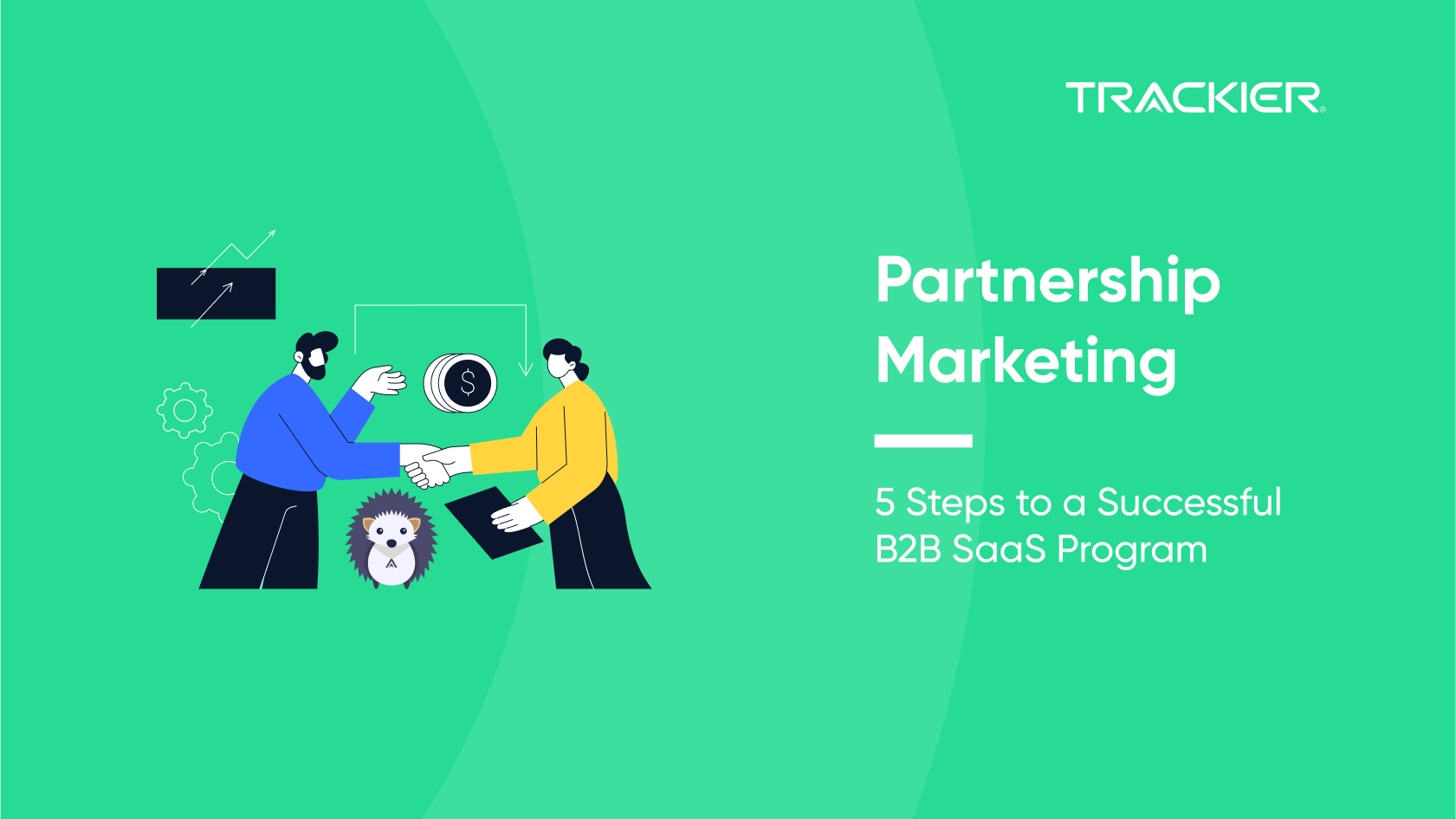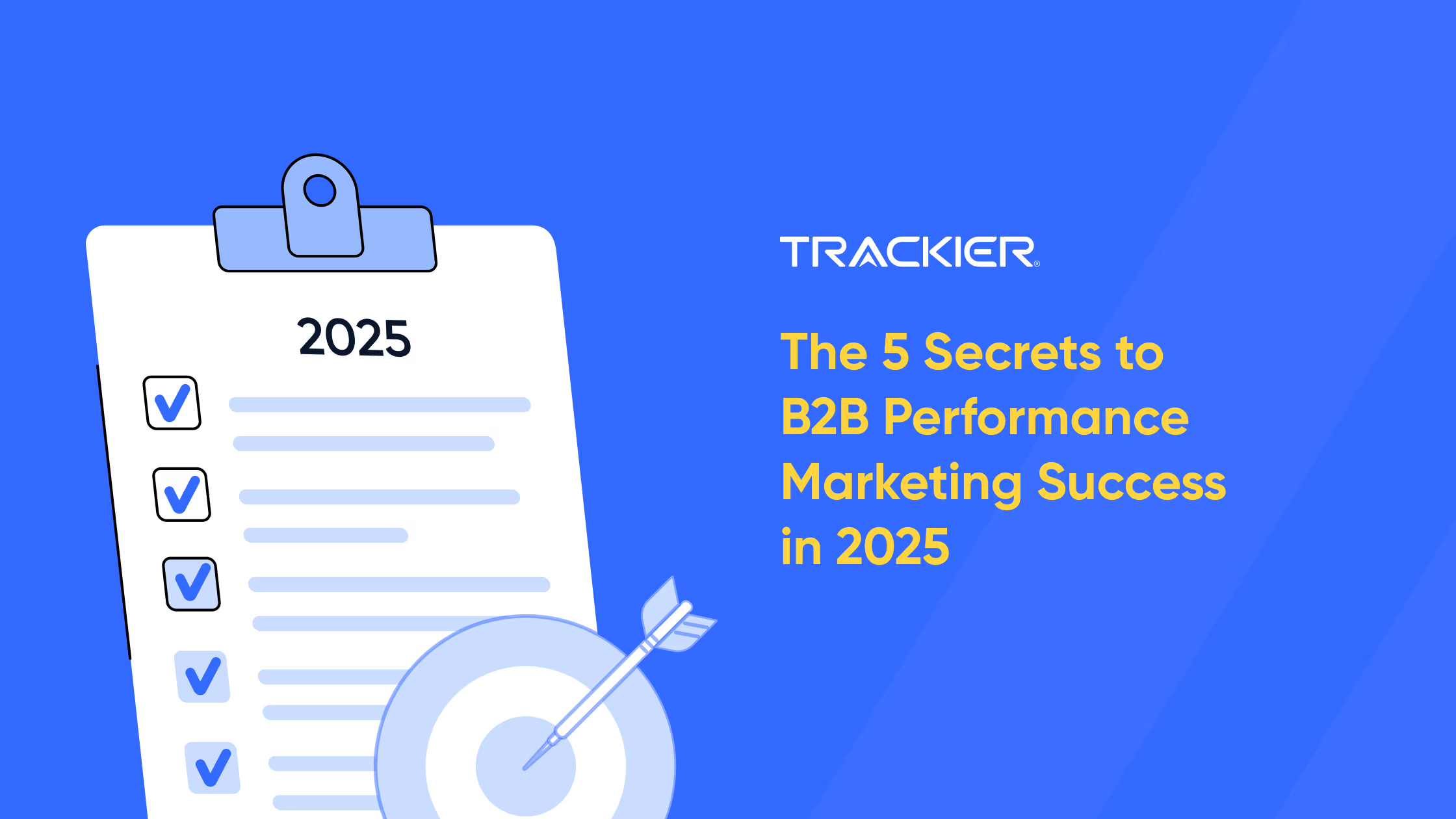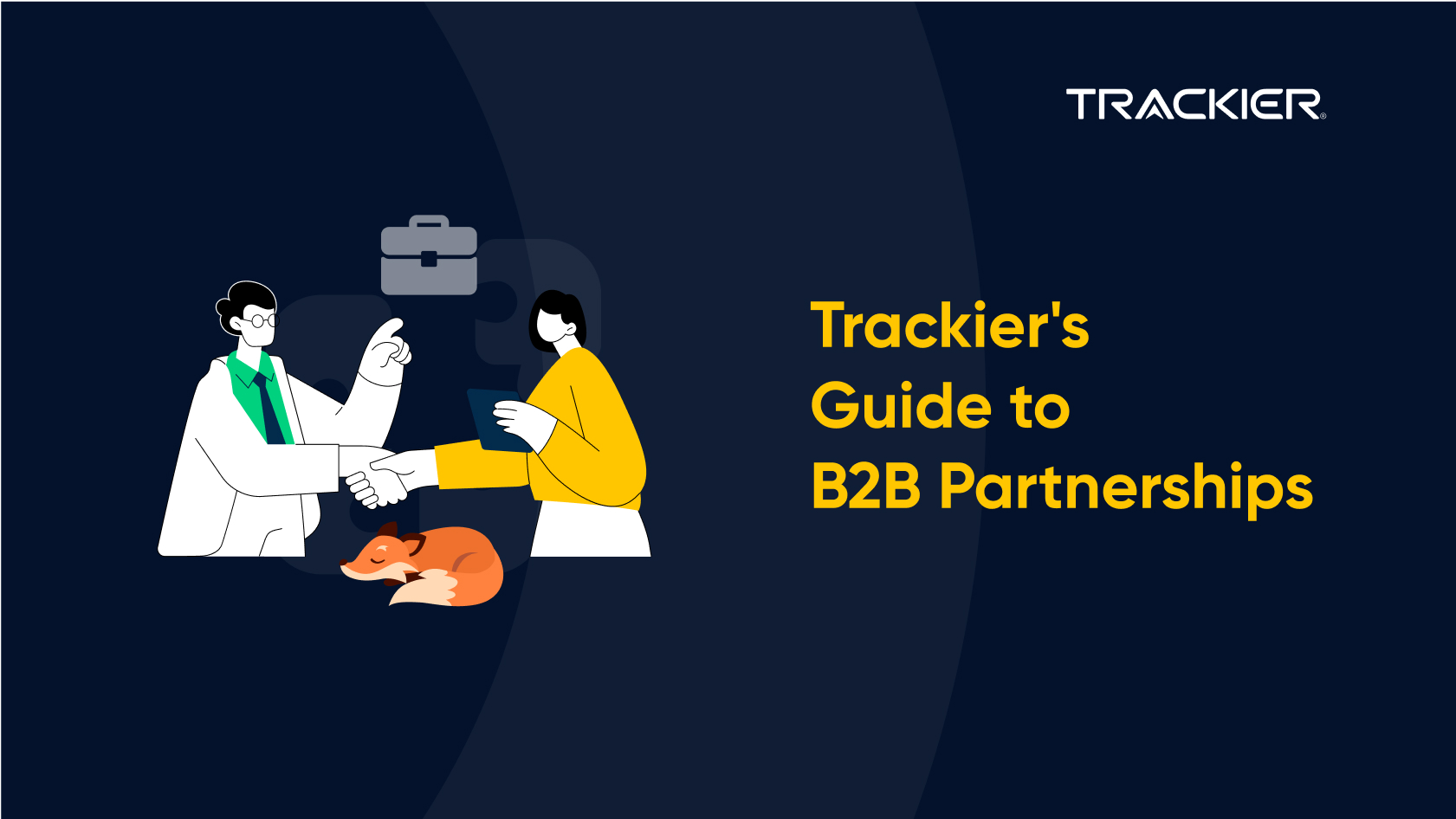There is a sharing and marketing of SaaS products that are equal in importance to developing the service itself. Without a doubt, there are many ways in which to sell your business. There are multiple factors to consider, from outbound to inbound marketing, to paid to non-paid channels. Any aspiring SaaS startup has to create a robust marketing plan. But what about SaaS businesses that want to enhance their distribution and marketing? Those who already have a strong sales and marketing plan in place and simply want to increase their reach? One way is through the partnership program.
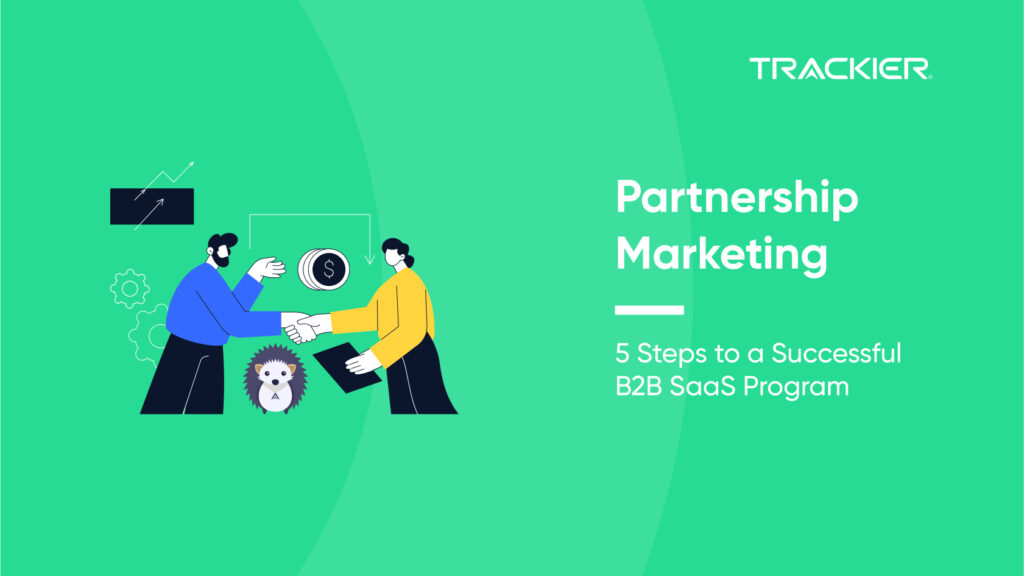
Many B2B SaaS companies realize the value of partnership programs. At the very start of a corporation, fast growth is very much needed. Though a solid partnership program would help you extend your company’s reach and make it future-proof, content marketing can help bring in new leads for your pipeline. So, if you are a SaaS business wanting to create a partnership program, you have arrived at the right place.
Why You Need Affiliate Software for SaaS Growth
Setting up links and waiting for referrals is not enough to run a successful affiliate program for SaaS. Data-driven optimization, accurate tracking, on-time payments, and strategic partner onboarding are all necessary. This is where SaaS affiliate software becomes important.
Affiliate software for SaaS helps you to:
Simplify partner operations by integrating easily with your current CRM, product analytics, or payment platforms.
Monitor partner success in real time, including clicks, signups, lifetime value, and recurring revenue.
Use automated processes, approval systems, and communication tools to recruit and manage affiliates.
Provide a variety of compensation structures, such as recurring, one-time, tiered, or hybrid payouts.
Get in-depth information about whether partners, channels, or types of content result in the highest conversion rates or churn.
5 Steps to a Successful B2B SaaS Partnership Marketing Program
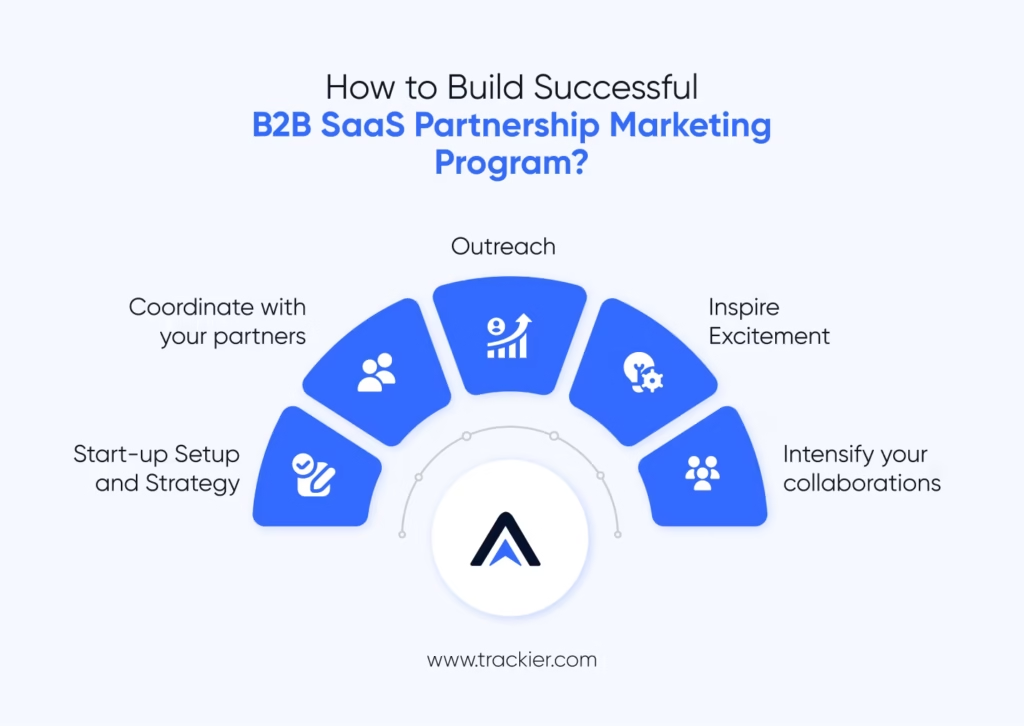
1. Start-up Setup and Strategy
Here you will work out the nitty-gritty of your partner program’s operation. At this point, you should concentrate on the following objectives:
The Partnering Process:
What do you envision the beginning and end of your relationship to be like? What method will your partners employ to reach you? What is the right time to end a relationship?
The Ideal Partner Profile:
It is tempting as a startup to take on anything that comes your way, but sometimes it is just not the way to go. Remember that because you are young, your partners have the choice to either expedite or shut down your progress depending on your choices. A company you would be working with would affect either your reputation or prospects so choose wisely.
The best way to handle this is to create an ideal partner profile. Think about the kinds of companies that will best represent your name and products. Do you want to collaborate with businesses whose cultures mesh well with yours? Perhaps the potential partner has a wonderful voice and sense of style, and you’d like to imitate it in the future.
By working with them, you can start to ingratiate yourself with the company’s culture and develop your own.
Make use of an Analytics Platform:
If you include your partners in Google Analytics, you can keep tabs on the advancement of your goals together. The success of your partner program depends on your ability to comprehend important phases of the customer journey.
Invest in project management tools:
Since developing a partner program is a project, project management software should be used to keep track of your goals and deadlines. Also, task management software can be highly beneficial for organizing specific tasks, assigning responsibilities, and ensuring nothing slip through the cracks.
Advantages for Partners:
What benefits will the contributions of your partners bring about? To avoid confusion later, it is important to work out the specifics of this matter upfront. Different reward tiers are a great idea because not all partners will work with you in the same way. If done incorrectly, it might lead to animosity.
Documentation:
We know documentation is time-consuming, but it’s crucial to iron out the specifics early on. Here’s where you should concentrate your efforts:
The signing procedure: how does the contract look?
Integrations: How will they work?
Potential partners might learn more about what a partnership with your business entails from a partner page on your website.
2. Coordinate with your partners
You have to ensure that your business and partners get along. For one, this means your business does not have siloed teams and everyone has the tools necessary to successfully connect.
Since most startup teams are small, this is not usually a problem, but in this case, everyone is probably working in the same cramped space. But it’s important to lay the foundation for collaboration and easy communication right away. To do this, omnichannel platforms are a great tool.
It’s up to you and your partners to decide how the alignment process will go. For example, to whom will you turn for help when your customer has an issue? More often than not, SaaS companies push that responsibility over to the sales teams. After that, the sales team will have to follow a process to decide what actions they can take and what information they can use to respond to inquiries. SaaS market research can also help shape this process by identifying the most common partner pain points and expectations across the industry. A great way to get started is to create a knowledge repository.
3. Outreach
Here is where you may begin spreading the word about your partner program and enticing new partners. You also have the skills necessary to run marketing campaigns and create content. You have to explain to your prospective partner why working with your business has benefits. There is better exclusivity than inclusion in this case. If you wish them to be your initial partners, then tailor your marketing so that it would attract companies suitable for yours.
The preparation of onboarding will now follow. Some form of testing usually occurs when one is onboarded. Quickly you will recognize where the flaws of the workflow lie and what changes should be implemented.
4. Inspire Excitement
Don’t forget that the job is not over once you’ve established a partnership. New partners should not be your sole aim. A good partnership is designed to be a long-term deal that will work for the good of both parties.
To make sure that your partnerships survive, you have to generate excitement for your company, your product, and the relationship itself. Start by showing your KPIs and figuring out how your brand benefits your partners. Send out communications that are jam-packed with data on how well your collaboration worked.
5. Intensify your collaborations
Now that you have decided to follow the relationship journey from beginning to end, it is time to pick up the pace. At this point, your startup has completed enough back-end work for subsequent partnerships to be easy. To bring on new partners, you must step up your marketing initiatives. By offering a range of content categories, you might want to broaden your partner program strategy. Emails, newsletters, webinars, videos, and articles are all good communication tools.
Conclusion
SaaS partner programs are, in the end, a marketing strategy that SaaS businesses occasionally forget. Many SaaS companies focus most of their resources on producing the best content because content marketing typically propels the most effective marketing campaigns.
We do not mean to suggest that this is a poor tactic. The payoffs of an effective content marketing strategy are obvious. Certainly, having one in place as soon as possible will be advantageous.
The point is that there are other choices available and one of these roads is through the SaaS partnership program. A successful referral or affiliate relationship may give you that needed boost.
For additional assistance for your marketing efforts, Trackier has developed its attribution solution for iGaming Platforms. Get your demo booked now!
